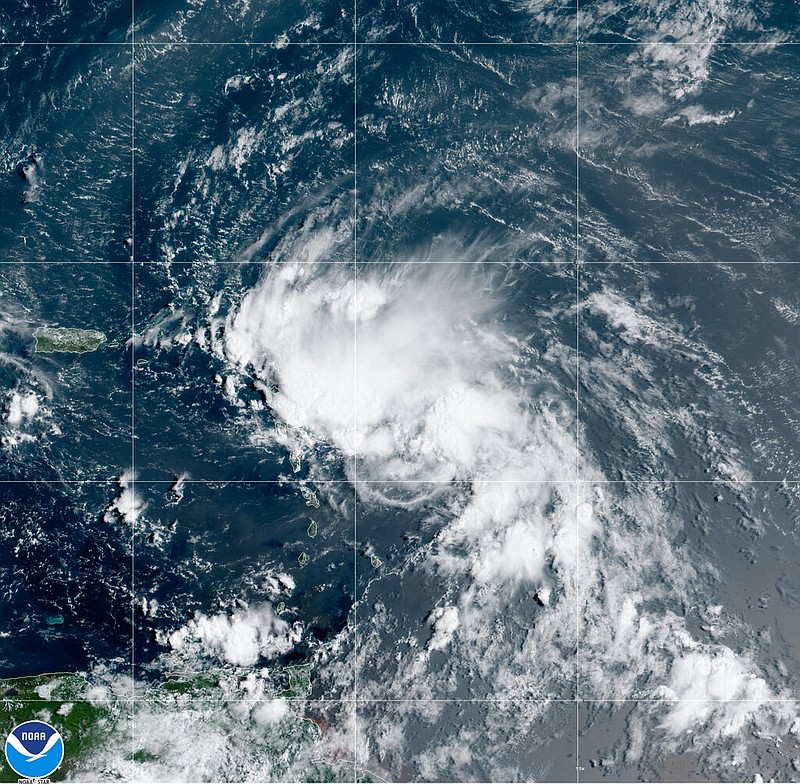Tropical Storm Marco formed Friday in the northwestern Caribbean, joining Tropical Storm Laura as what could become a double threat within days to a huge stretch of the U.S. Gulf Coast.
The U.S. National Hurricane Center said Marco has emerged about 180 miles southeast of Cozumel, Mexico. The storm’s maximum sustained winds were near 40 mph, and it was expected to move near the Yucatan Peninsula on Saturday. The storm is headed north-northwest at 13 mph.
Marco became a tropical storm on the heels of Laura, which set a record for the earliest 12th named storm of a season when it formed on Friday morning northeast of the Lesser Antilles.
Forecasters said the center of Marco will cross the northeastern part of Mexico’s Yucatan Peninsula on Saturday night and move over the central Gulf of Mexico toward the northwestern Gulf on Sunday and Monday. Additional strengthening is expected, and forecasters say Marco could be near hurricane strength when it moves over the central Gulf in coming days.
Laura was moving through the northern Leeward Islands on Friday evening, about 250 miles east-southeast of San Juan, Puerto Rico. It had maximum sustained winds of 45 mph and was heading west at 17 mph.
If the two storms make it, they could be crowded in the Gulf of Mexico at the same time Tuesday about 550 miles apart. That would leave open some weird possibilities, including the storms rotating around each other in a tropical two-step, pulling in closer to each other, nudging each other, weakening each other or — far less likely — merging.
Colorado State University hurricane researcher Phil Klotzbach said the last time two tropical storms were in the Gulf together was in 1959, and the last time two storms made landfall in the United States within 24 hours of each other was in 1933.
Information for this article was contributed by Freida Frisaro of The Associated Press.
